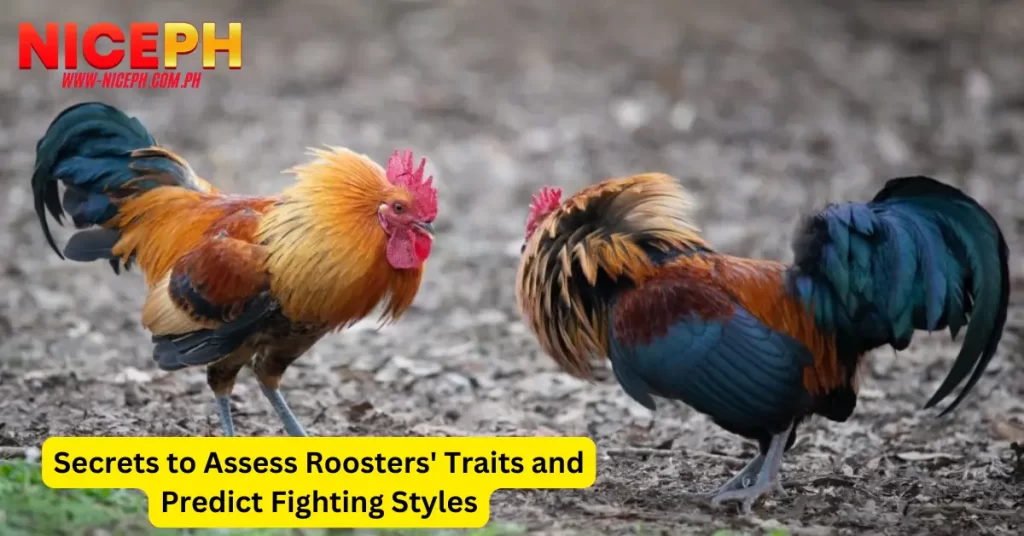In today’s article, NicePH will compile invaluable knowledge from experienced cockfighters about how to assess a rooster’s physical traits to accurately predict its fighting style. This guide will help you choose skilled and high-performing roosters for your matches.
Why Assess a Rooster’s Traits to Predict Fighting Styles Important?
A quality fighting rooster should possess a robust physique, strength, aggression, courage, and agility. Additionally, selecting roosters based on their physical appearance, using techniques passed down from seasoned cockfighters, is an effective strategy.
By learning how to assess a rooster’s traits to predict its fighting style, you can identify roosters with excellent physical characteristics and superior fighting skills. This also makes it easier to choose and train high-potential roosters for participation in direct cockfighting tournaments.
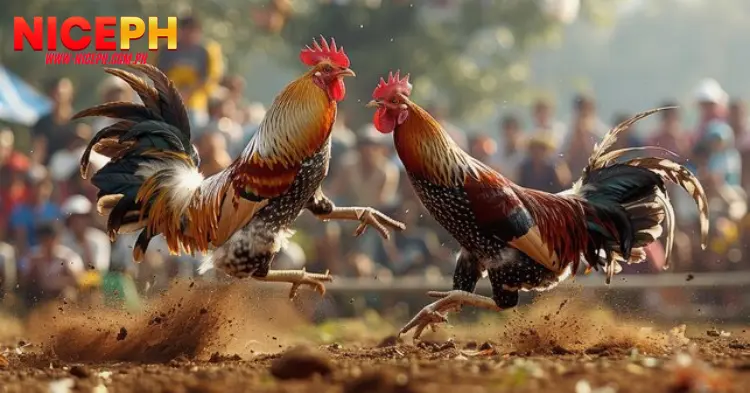
Methods to Accurately Predict Fighting Styles Based on Roosters’ Traits
In reality, the physical traits of a fighting rooster significantly determine its fighting style. Here are some commonly used tips for selecting roosters with dominant fighting techniques:
- Roosters with short necks and upright postures often employ the vertical peck technique, targeting their opponent’s throat or ears.
- Roosters with thighs close to the body and small leg scales tend to deliver close-range strikes and have good resilience.
- Roosters with long faces and necks usually have powerful strikes but may lack endurance.
- Roosters with thick legs and coarse toes often utilize the hug-and-pound technique.
- Roosters with thighs extending outward from their bodies favor rapid kicking combinations and strike with high precision.
- Tall and large roosters with robust frames and long legs excel in face and spur attacks.
- Roosters with straight and thick central toes commonly use the throat strike technique.
Below, we provide detailed guidance on how to identify roosters’ traits and predict their fighting styles effectively.
Throat Strikers – Identifying Traits and Fighting Style
Throat-striking roosters target their opponent’s throat during fights. They often peck at a spot on the opponent’s head before delivering a decisive strike to the throat. A hallmark of this type is the presence of fleshy wattles beneath the throat—the larger the wattles, the better their throat-striking ability.
Example:
If a throat-striking rooster faces an opponent skilled in evasive techniques, it will peck the opponent’s head and aim a strike directly at its throat.
Vertical Strikers – Common Traits
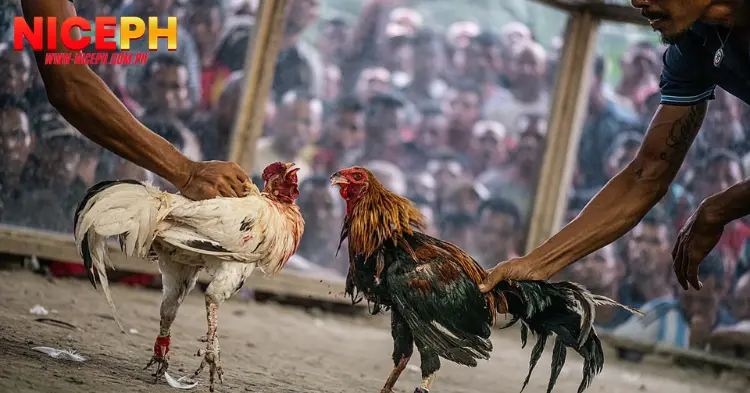
The vertical striking style is one of the most popular techniques. Roosters with this style often have the following characteristics:
- Legs with four toes: outer, central, rear, and inner.
- The outer leg scale extends further than the inner scale when viewed head-on.
- Roosters with well-developed scale structures and clean leg formations also excel in vertical strikes.
Diagonal Strikers – Key Traits
Diagonal-striking roosters exhibit these distinctive features:
- The inner leg scale overlaps the outer scale.
- When held up, their legs form a “V” shape—a desirable trait for this style.
- Roosters with tightly aligned ghim bones (hip bones) are particularly effective diagonal strikers.
=> Read more: How to Build a Sabong Training Run to Boost Gamefowl Stamina
Hug-and-Pound Fighters – Identifying Physical Traits
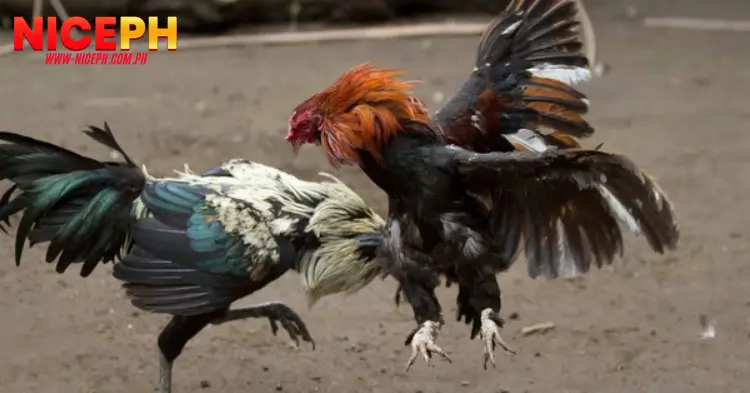
Roosters with the hug-and-pound fighting style focus their attacks on areas such as the opponent’s shoulders, neck, and back. These roosters deliver powerful strikes, often overwhelming their opponents.
Notable Features:
- Parallel legs when lifted. If their legs form a “V” and are close to the body, they excel at delivering rapid and impactful strikes.
- Large and sturdy bones, wide frames, strong necks, and an imposing stance.
Push-and-Press Fighters – Recognizing Their Style
The push-and-press style can only be easier to identify with observing the rooster in action. However, some telltale signs include:
- When the neck is stroked from head to base, three prominent neck nodes indicate a strong push-and-press fighter.
- Roosters with this style typically have balanced frames and thick neck bases.
=> Read more: Effective Methods to Make Healing Balms for Fighting Roosters
Evading Fighters – Traits and Style
Evading fighters are common and rely on dodging their opponents’ attacks while positioning themselves for a counterstrike. Their typical characteristics include:
- Wings aligned with the back and a narrow gap between their shoulder blades.
- Tight frames and quick reflexes.
Multi-Strike Fighters – Distinctive Features
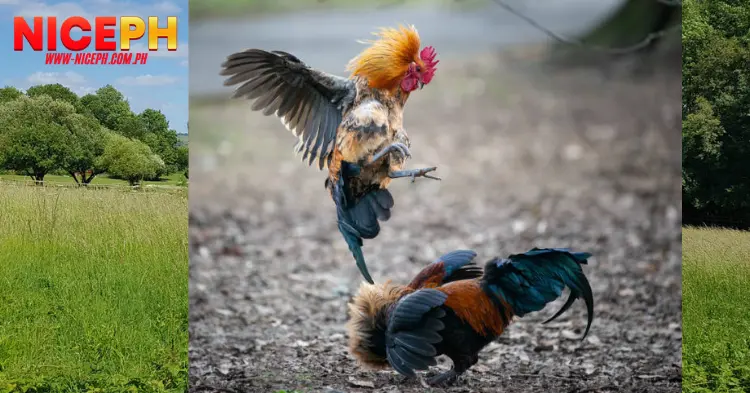
Roosters using multi-strike tactics attack the opponent’s chest before turning around to deliver strikes. These fighters share traits with evading fighters but are more aggressive.
Key Traits:
- Wings close to the body and raised higher than the back.
- Legs form a “V” shape at the neck’s base.
- Balanced stance, indicating stability during combat.
Back Attackers – Recognizing Their Traits
Back-attacking roosters specialize in targeting their opponents’ back and have several substyles:
- Diagonal back attackers: Inner leg scales extend prominently outward.
- Push-and-press back attackers: Use their opponent’s momentum to deliver powerful back strikes.
- Multi-strike back attackers: Quickly position themselves behind the opponent to deliver relentless back attacks.
- Peck-back fighters: Rare and distinctive, these roosters use their beaks to secure a grip on their opponent’s back before delivering strikes.
=> Read more: Advanced Methods for Training Fighting Roosters: Techniques Used by Experts
Retreat-and-Strike Fighters – A Unique Style
These roosters are adept at retreating and striking simultaneously, making them versatile fighters. Their typical traits include:
- Inner leg scales overlap outer leg scales, similar to diagonal strikers.
- Sleek, slender frames with elongated necks and streamlined toes.
=> Are you looking for a reputable and top-quality casino for betting? Try our partners: PHWIN Casino.
Conclusion Assess a Rooster
The techniques outlined above should help you effectively assess a rooster’s traits and predict its fighting style. At NicePH, we hope this detailed guide has been insightful and useful.

